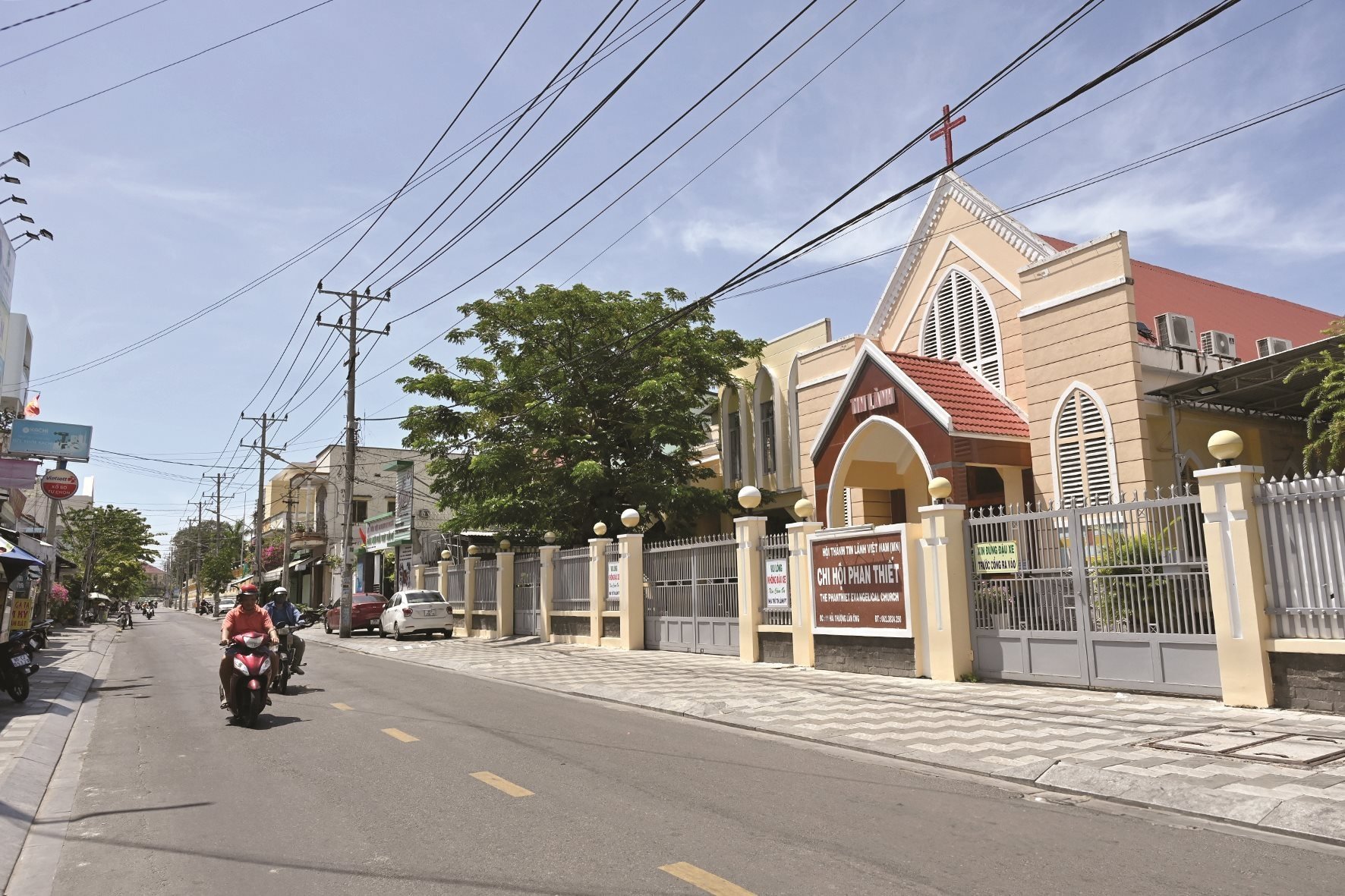
In Go market (Phu Trinh ward, Phan Thiet city), right in the middle of the market, there was a family specializing in grocery trading, one of the largest and most famous at that time, Mrs. Hoa's family. Compared to the small households around and those who came from far away to sell goods at the market, her big house on the spot had the most advantage. Her family's grocery store sold all the necessities of that time. Wholesale and retail, she sold to the needs of people living around the area and even further away areas such as Phu Hoi and Trinh Tuong. But then, with the ups and downs of time and the world, life changed and her family's business also changed. But what left a strong mark on her family was her children and grandchildren. Her two sons, Tran Ta and Tran Neo, were both good soccer players of Go market. Of which, Mr. Tran Ta was a national player (South). Mr. Tran Neo was a player of the Phu Trinh Star team, then a player of the Binh Thuan provincial team. Following him was Mr. Neo's son, Tran Thong Khai, a player of the province and later became a coach of local youth football teams. In the past, cultural and sports needs were not well organized, so having a large football field a few hundred meters from Go market was a good condition for football practice and development, attracting a whole generation. And surely everyone still remembers the provincial football team with unforgettable names: Neo, Phat, Xay, Ky, Chin, Duy Phoi, and the next generation had Thong Khai, Quang, Thang (goalkeeper), Binh Rom, Minh Chuyen. Especially, there was a referee who was disabled (had one arm amputated) but was very accurate and fair in his blowing the whistle. There was also a very special character, Mr. Quan Dau, who specialized in organizing and arranging local football events and logistics. There is an anecdote about two people, Tran Ta and Do Thoi Vinh, who were both from Phan Thiet and good at soccer. They were recruited directly to play for the Saigon Port soccer team, and they were all from Phan Thiet, Cho Go.
As the saying goes, “first near the market, second near the river”. The Go market area is located close to administrative and military agencies, so the streets around the market also have many row houses, reserved for famous families working for the government or other fields that were concentrated there for a while. On the Hai Thuong Lan Ong axis, from the post office intersection going up to the left, there is the Chinese medicine shop of Mr. Nam Trinh (Duy Phoi’s father), to the Protestant church… At the intersection with Tran Cao Van street, on the same row is Mr. Tu Tan’s garage, this facility is a branch of Luong Huu Company, specializing in public works and transportation, a repair facility and logistics provider for the company. At that time (the 50s and 60s), the company had 6 Dodge trucks, 2 bulldozers, rollers, 2 dump trucks and 2 large fishing boats. In particular, the first paved road from Phan Thiet to Mui Ne was contracted by Mrs. Luc Thi Dau to be built by Luong Huu Company according to the road standards of that time. From there, go up a few more blocks to reach the big alley leading to the center of Go market. At the beginning of the alley on this side is the row of townhouses of Mrs. Hoa's family, on the other side is Mrs. Phan Ninh's house. Go a few more blocks to reach the house of Mr. Tran Thien Chanh (father of musician Tran Thien Thanh) who sold it to someone else in 1960 and then moved his family to live near the old Chau Thanh commune. Next is the house of Mr. Pham Ngoc Binh, Pham Ngoc Thin, who had a lot of land around the market but sold it all and then went to Gia Long street (Nguyen Hue) to buy land to build the Modern theater, later changed to Ngoc Thuy theater. Go up a little bit to the house of Mr. Tam Tu, the referee, and the house of player Minh Chuyen. When you reach Yersin street, go along the side of the market straight to Lo Heo, where there is the mansion of Mr. Tran Gia Hoa (Bat Xi). If on the other side of the river there is Mr. That Ngan, then on this side of the river there is Mr. Bat Xi. (In February 1888, King Dong Khanh allowed the rich to spend money to buy ranks, the ninth rank was worth 1,000 quan, and for an additional 1,200 quan, one more rank was added). Up to the intersection of the hospital connecting Luong Ngoc Quyen (Nguyen Hoi) street was the Quang Dac traditional medicine shop, then the house of Mrs. Hoang Thi Huong, former Principal of Phan Thiet Girls' School from 1949 to 1975 (mother of musician Phan Anh Dung). Next were the Ba Muoi Can street of Mrs. Luc Thi Dau, who spent money to buy land to build and then rent it out, then the stadium and then up to the Xom Tinh intersection (where Binh Thuan Provincial Road was located).
Right at the intersection of Tran Cao Van - Hai Thuong Lan Ong, the other end of the road leading to the river bank at that time had no bridge (the wooden bridge later called the American bridge was built in 1968, after Tet Mau Than). There was a famous pho restaurant at that time called Pho Ba Hai, then the Phu Trinh hamlet headquarters, then there was a row of houses for rent, there were two special families who rented them for a while and then came to Saigon, the couple of singers Ngoc Cam - Nguyen Huu Thiet with his younger brother Nguyen Huu Sang, and his wife, singer My The, who specialized in singing in tea rooms. Behind on the high hill was Phan Thiet Girls' School (now Binh Thuan Museum). At the beginning of the intersection on this side was Phuc Chi maternity hospital (Ba Bao maternity hospital) whose husband was Mr. Bao, who taught at Bach Van Private High School. A little further on there was a very special old family, the family of Mr. Phan Ly Ngu, with sons all named Ly such as Phan Thien Ly, Triet Ly, Kinh Ly, Chi Ly, Nguyen Ly, Dong Ly, Dieu Ly, Chuong Ly. After the intersection, you will reach the Hospital, then Bach Van High School, and Dinh Cong Trang Military Agency (opposite the stadium). Then from there, go up to Binh Thuan Provincial Hall, which is the land reserved for the Ethnic Association of Quang Dien District, Thua Thien Hue, following Governor Ngo Dinh Diem to take office in 1936. Now, there is still the Quang Dien Tuong Te Hoi Assembly Hall. The hamlet at the intersection near the Provincial Hall, used to be called the Provincial Hamlet, later called the Old Provincial Hamlet because the Provincial Hall no longer exists.
Source: https://baobinhthuan.com.vn/cau-chuyen-ve-cho-go-129497.html


![[Photo] General Secretary To Lam had a phone call with Chairman of the African National Congress and President of South Africa Cyril Ramaphosa](https://vstatic.vietnam.vn/vietnam/resource/IMAGE/2025/4/22/b23970821c074eff87625cf8f0872251)
![[Photo] Conference of the Standing Committee of the National Assembly Party Committee with the Standing Committee of the Government Party Committee on the 9th Session, 15th National Assembly](https://vstatic.vietnam.vn/vietnam/resource/IMAGE/2025/4/22/8de6c963df734cd3be2d59ddd5814209)
![[Photo] Air Force diligently practices for the April 30th celebration](https://vstatic.vietnam.vn/vietnam/resource/IMAGE/2025/4/22/b29d1376169e409db507351c9c46f6e7)
![[Photo] Prime Minister Pham Minh Chinh chairs a meeting of the Government Standing Committee on trade issues with the United States.](https://vstatic.vietnam.vn/vietnam/resource/IMAGE/2025/4/22/04b4e90912e34660930620e19c16203d)
![[Photo] Overview of the Workshop on Supporting Economic Growth - Perspective from Enterprises Subject to Special Consumption Tax](https://vstatic.vietnam.vn/vietnam/resource/IMAGE/2025/4/22/fbb8a54cfdea4cc5a20943d339e507d1)
![[Photo] General Secretary To Lam visits and works with the Armored Corps](https://vstatic.vietnam.vn/vietnam/resource/IMAGE/2025/4/22/508e23e207bf4cca9b985e68aec3b922)
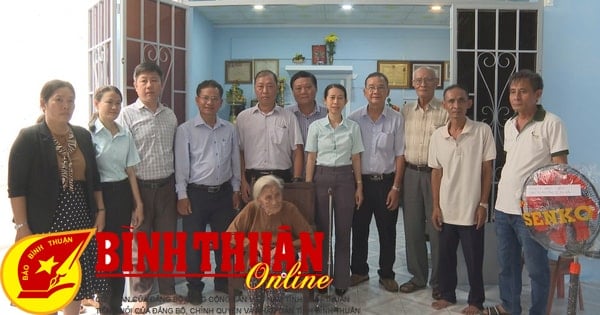

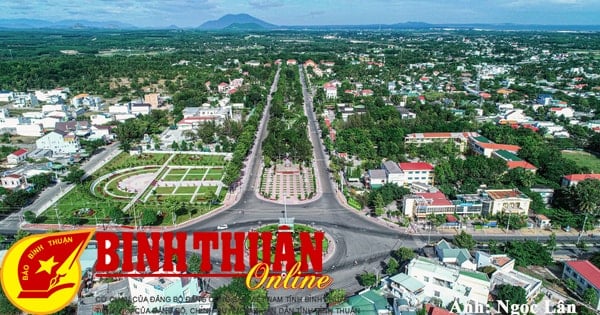
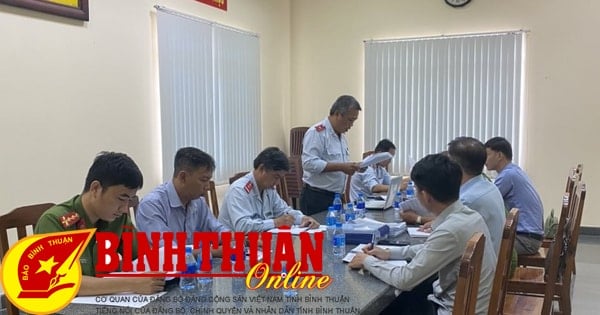
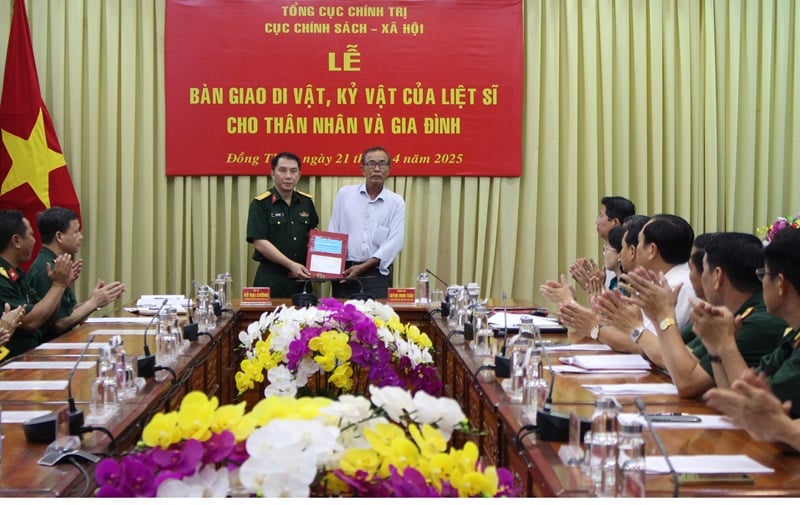
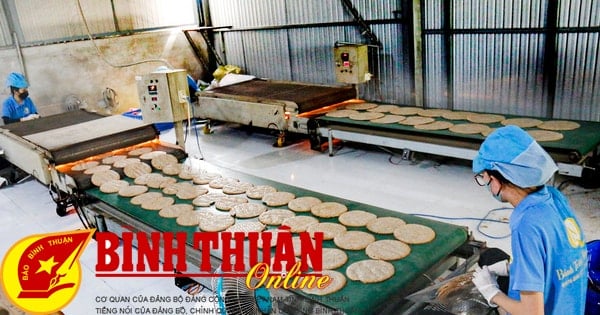
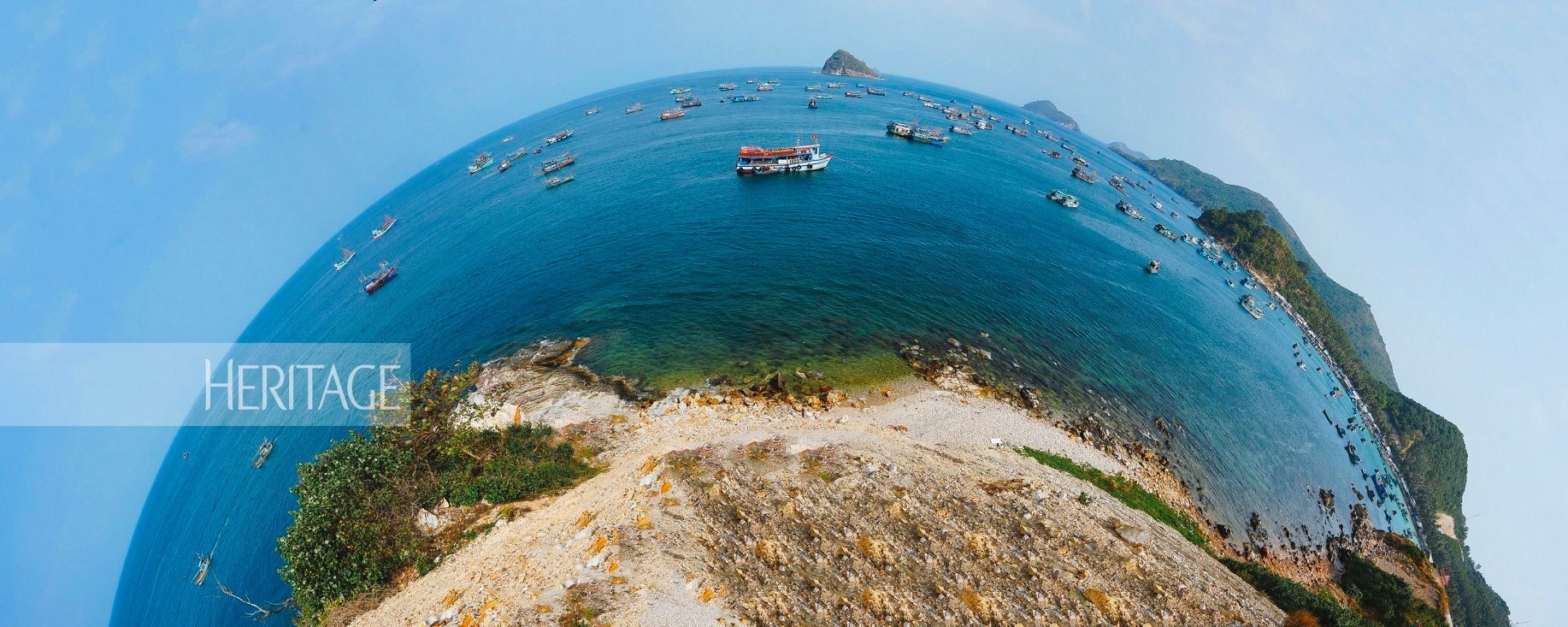

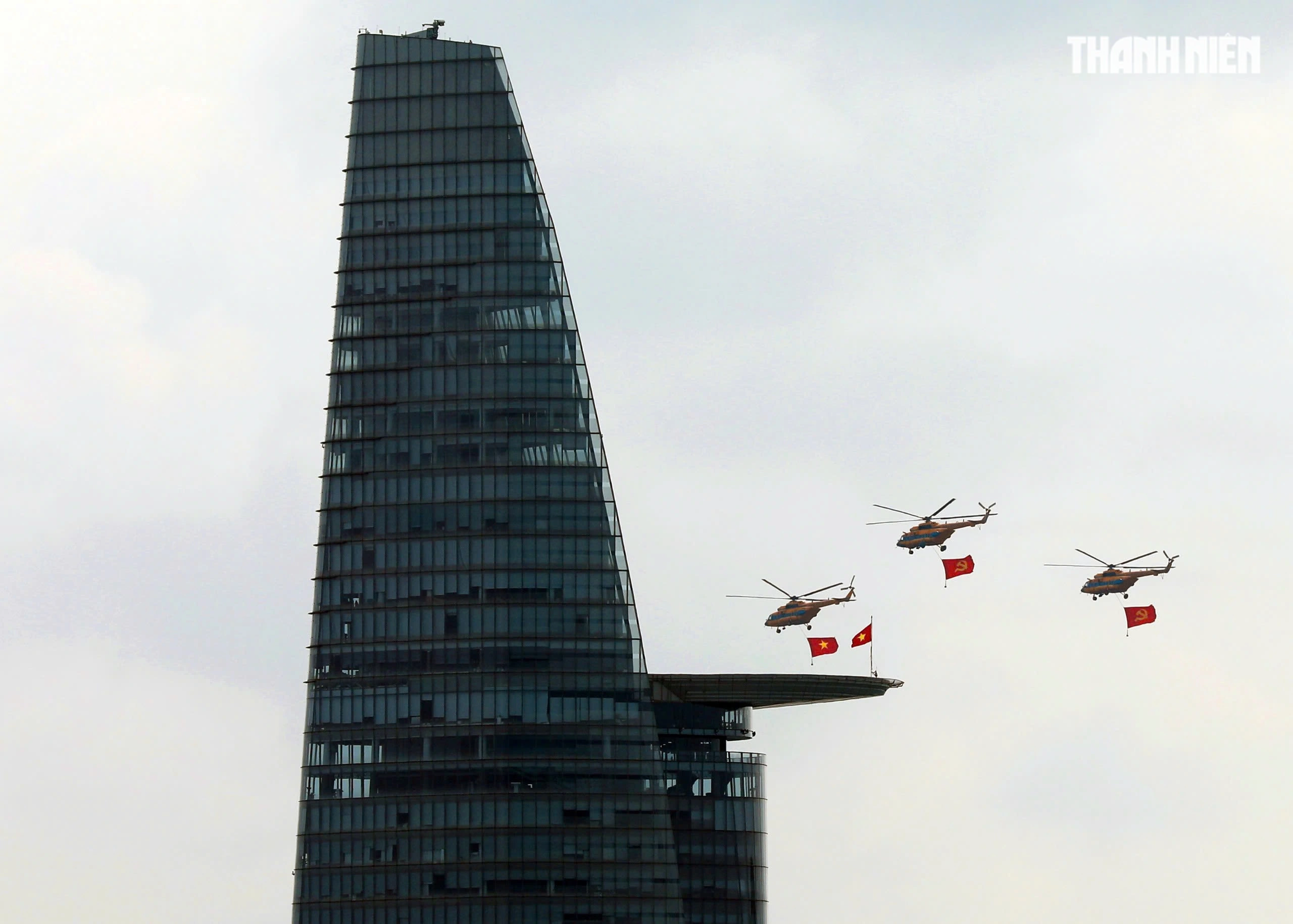

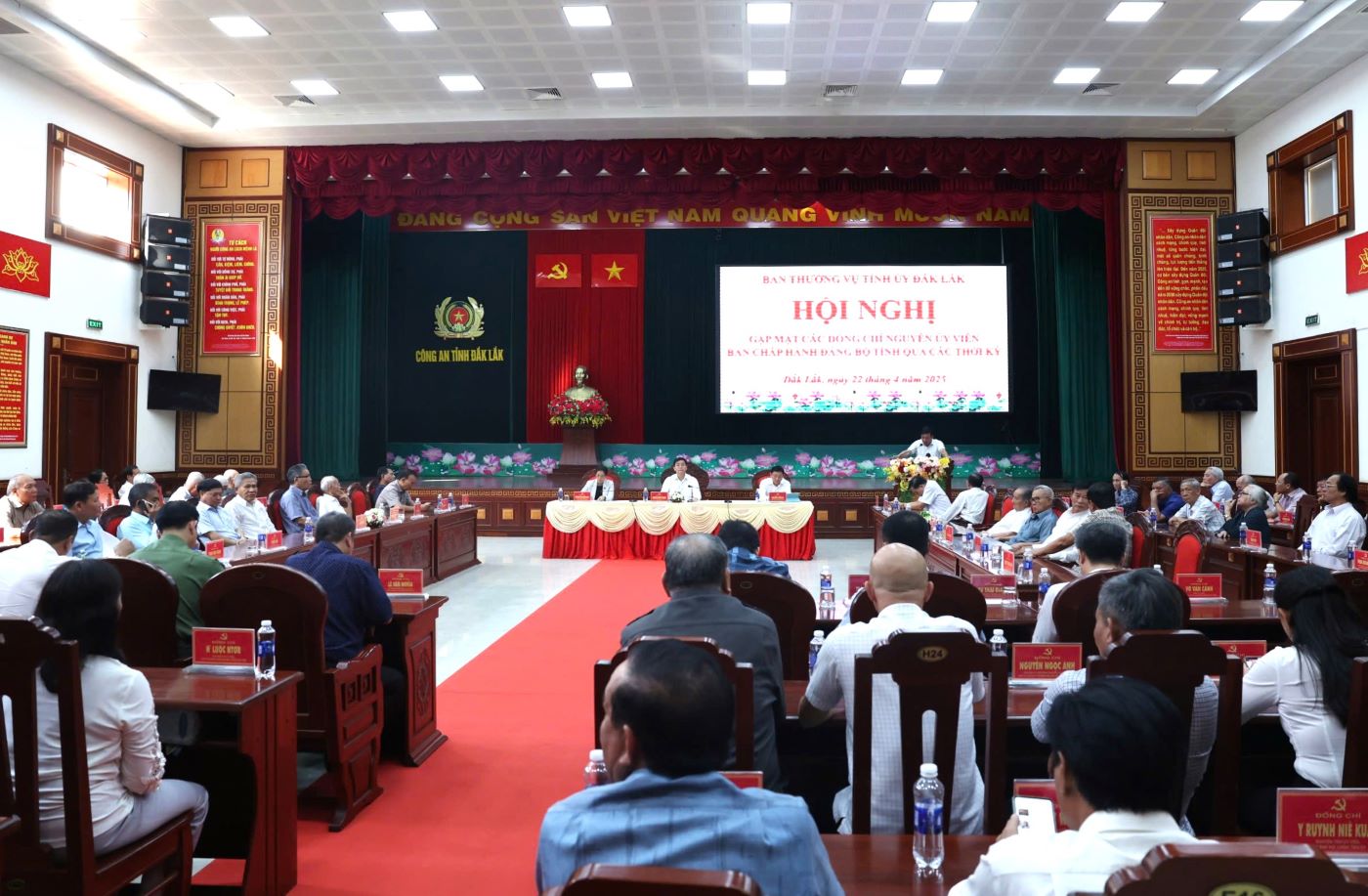
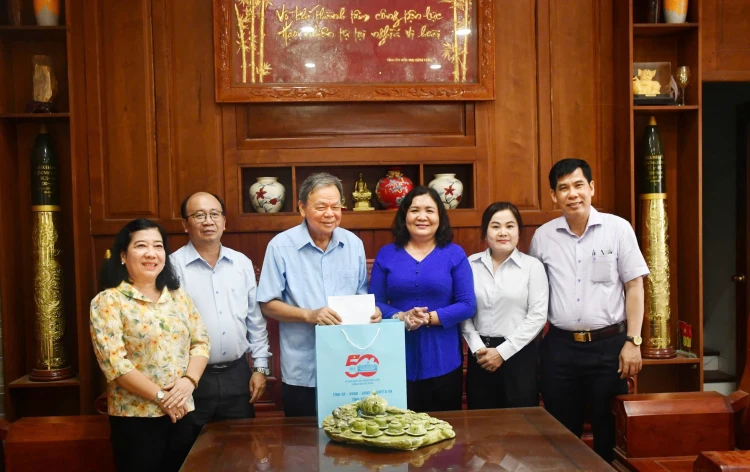


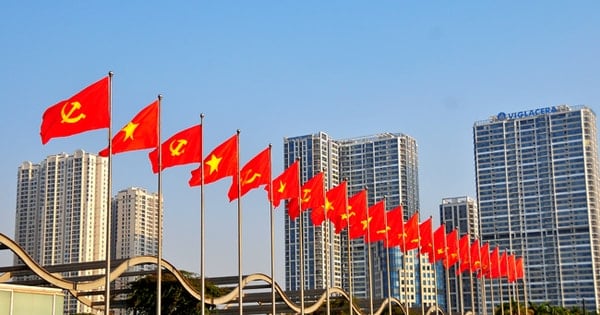

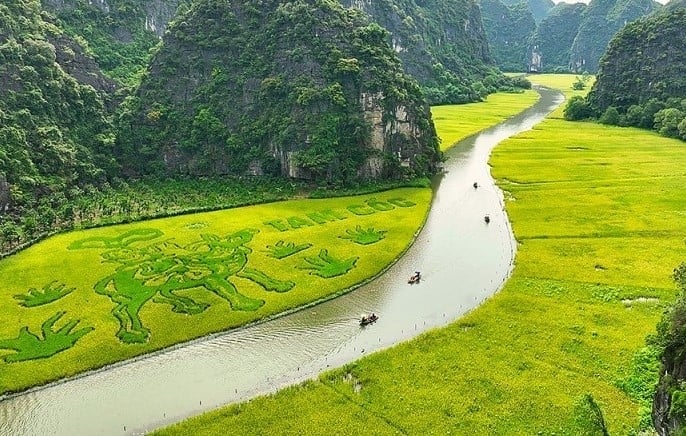
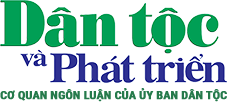


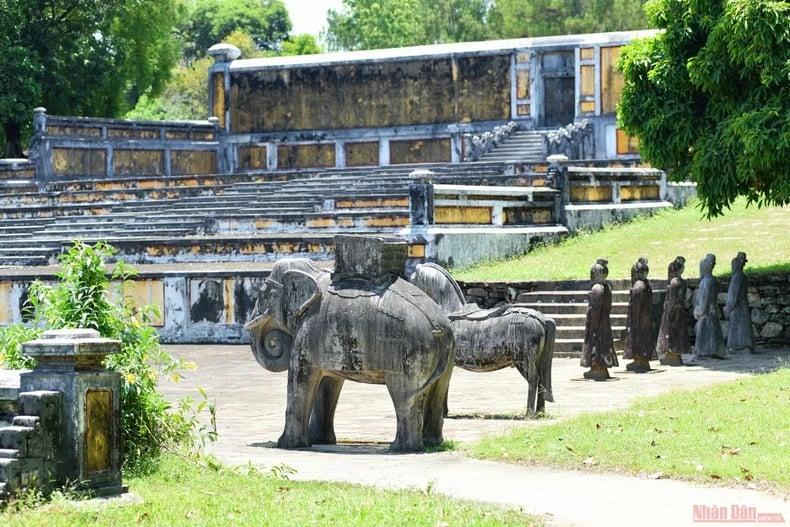

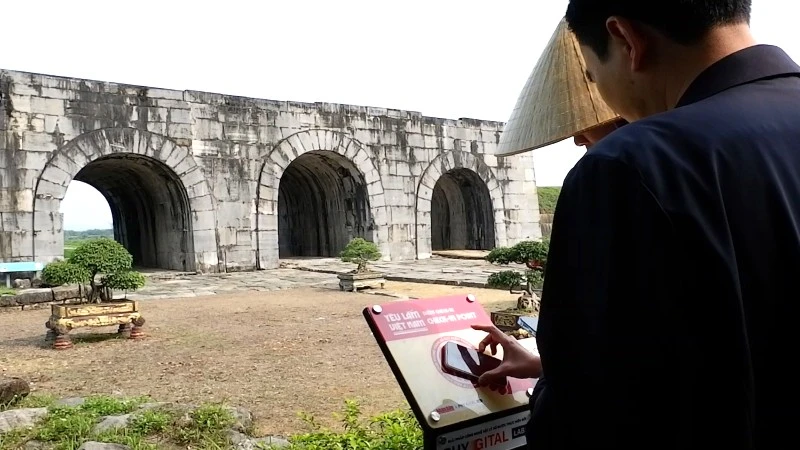

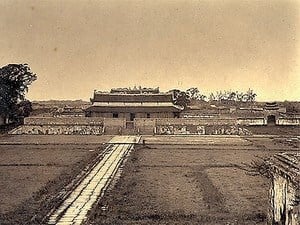

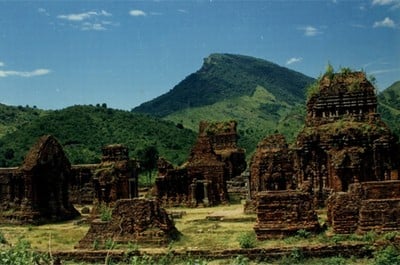


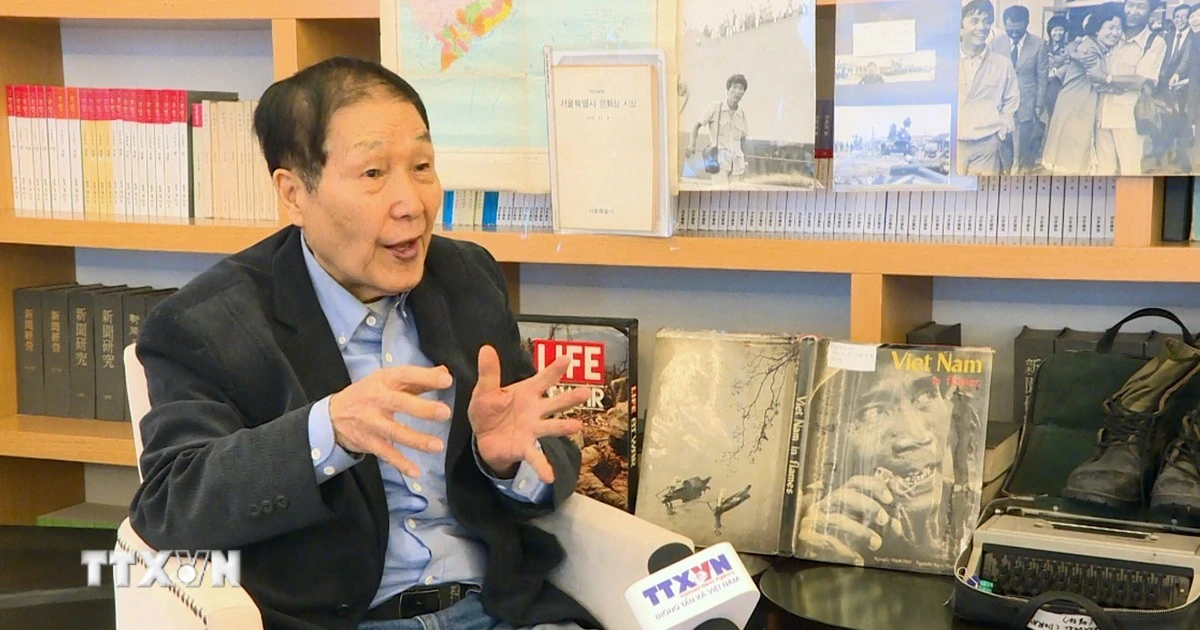

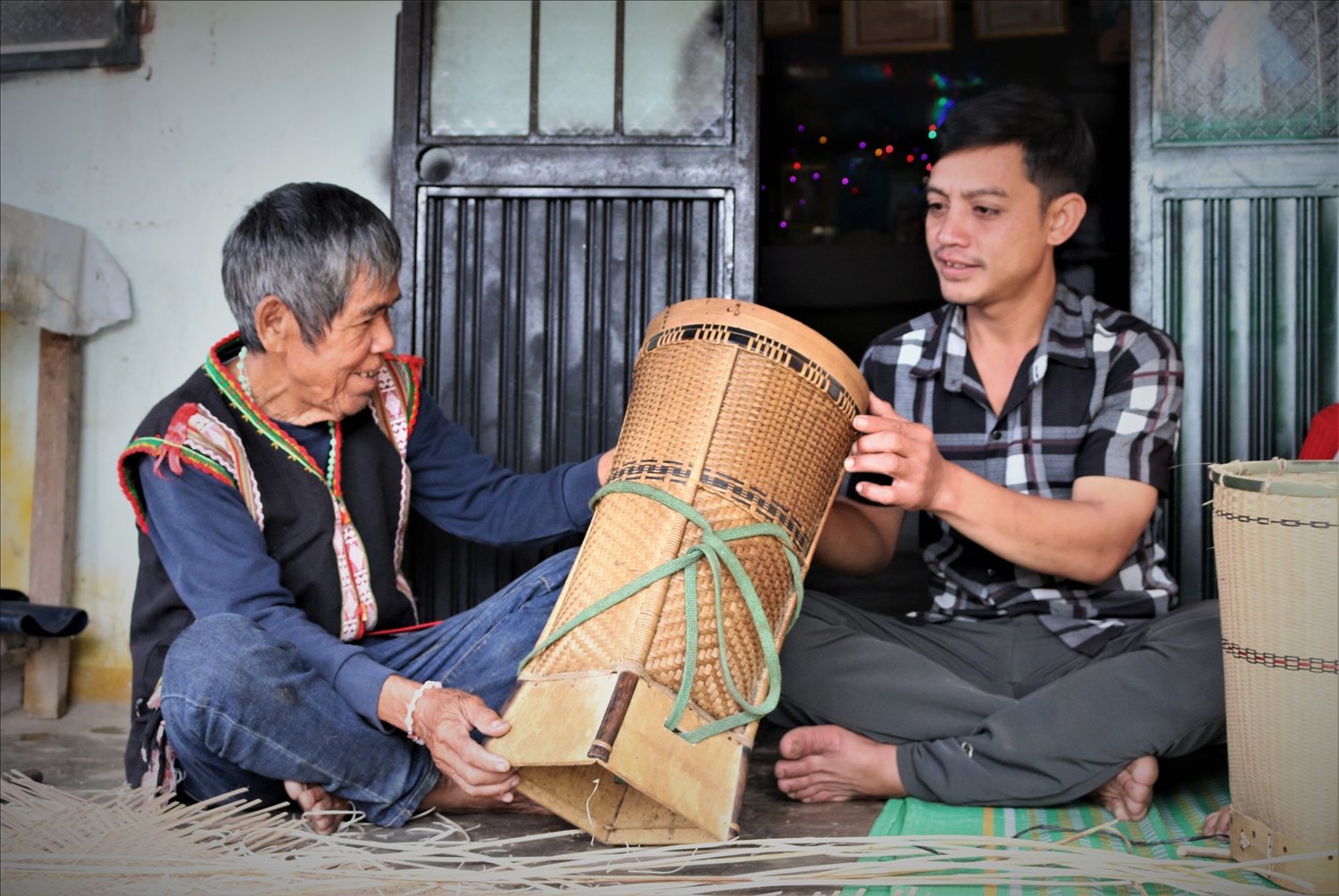
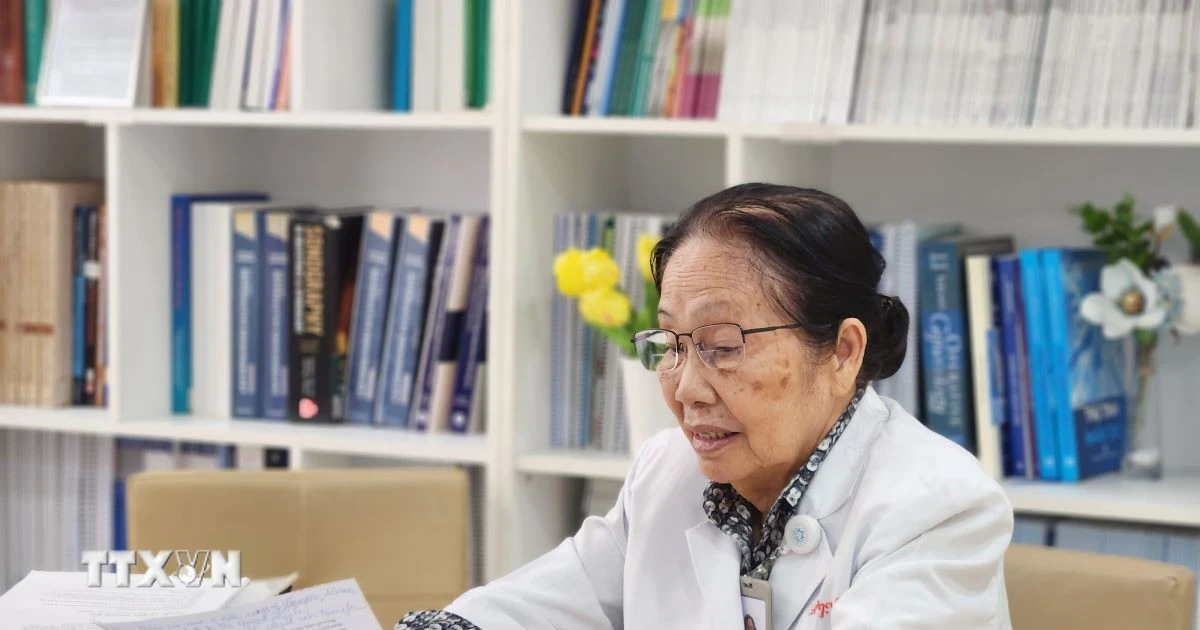
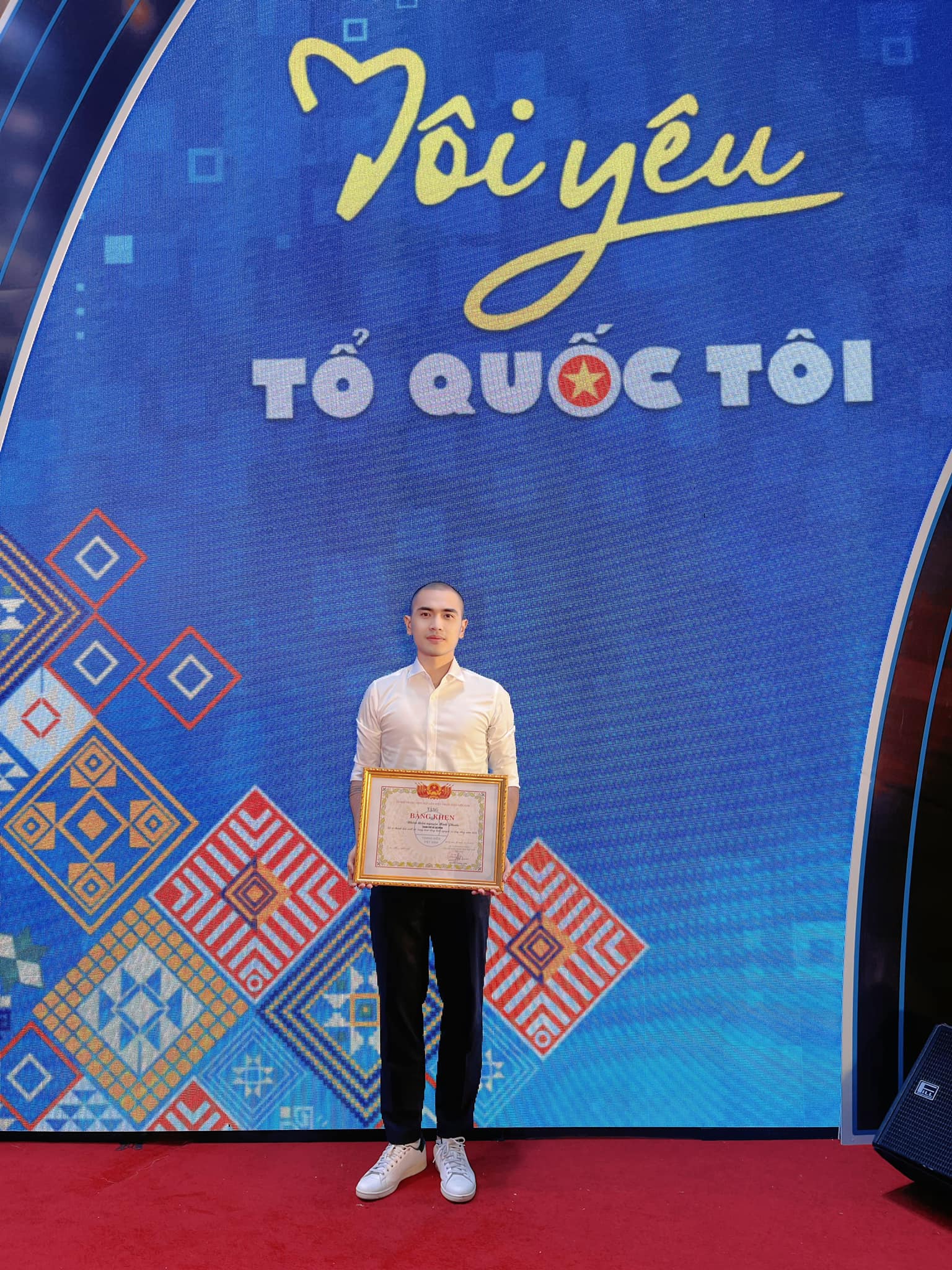
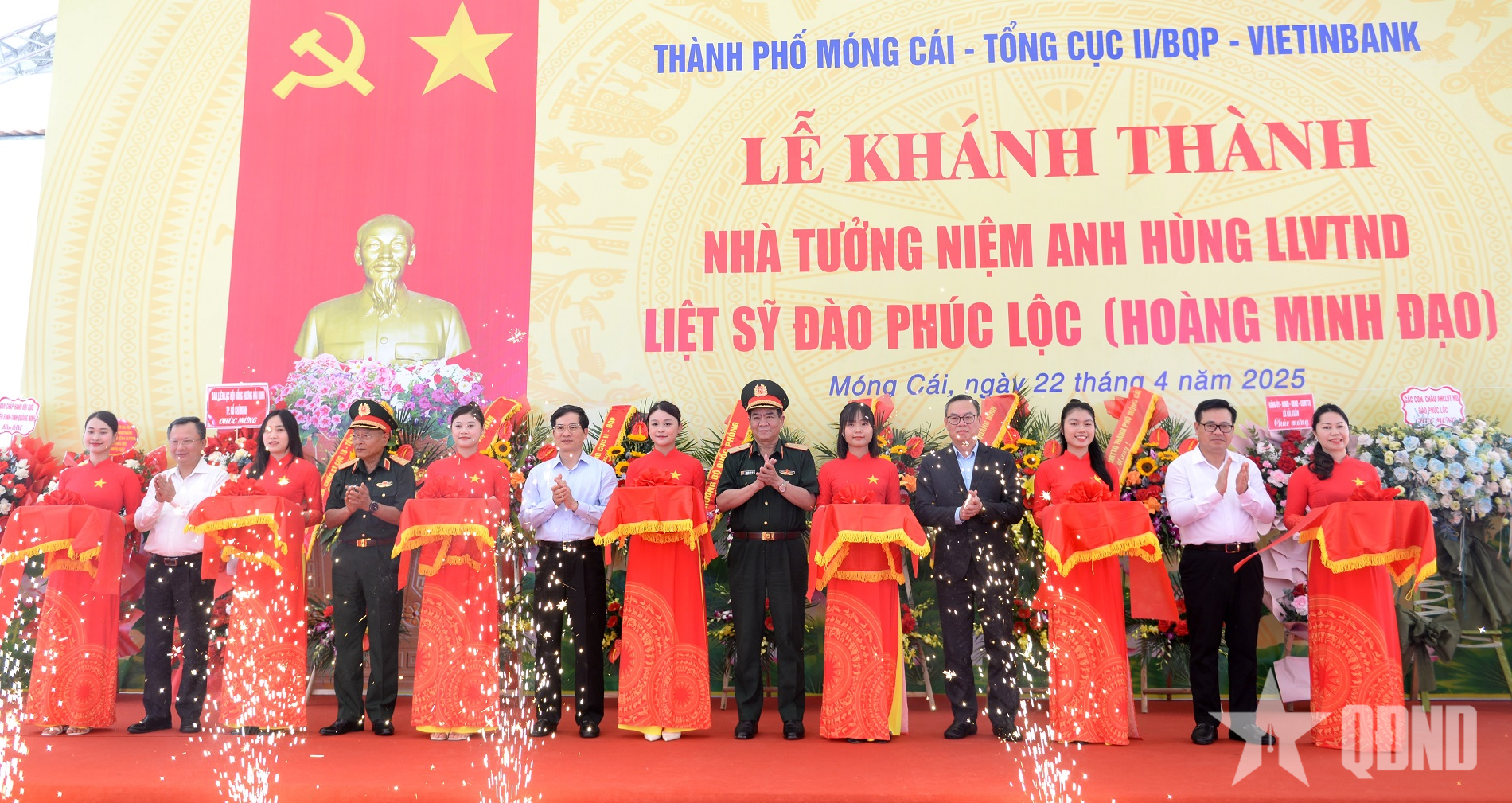







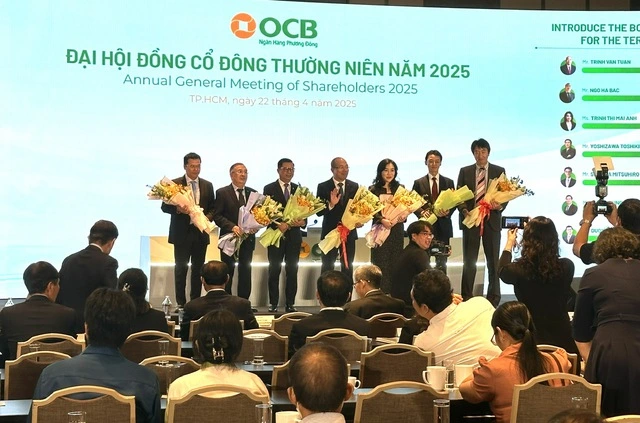
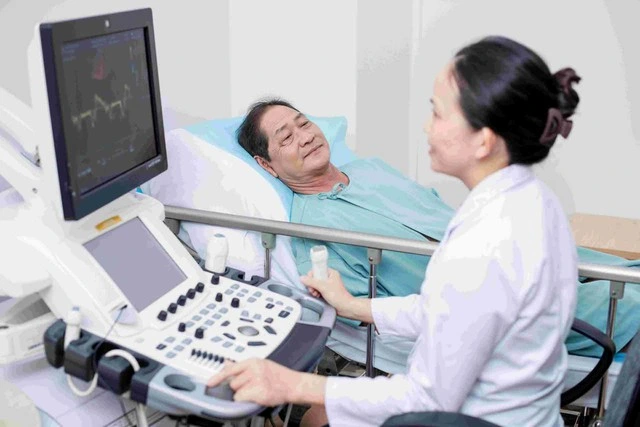
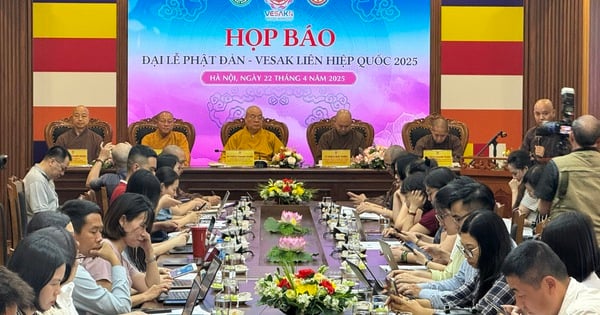

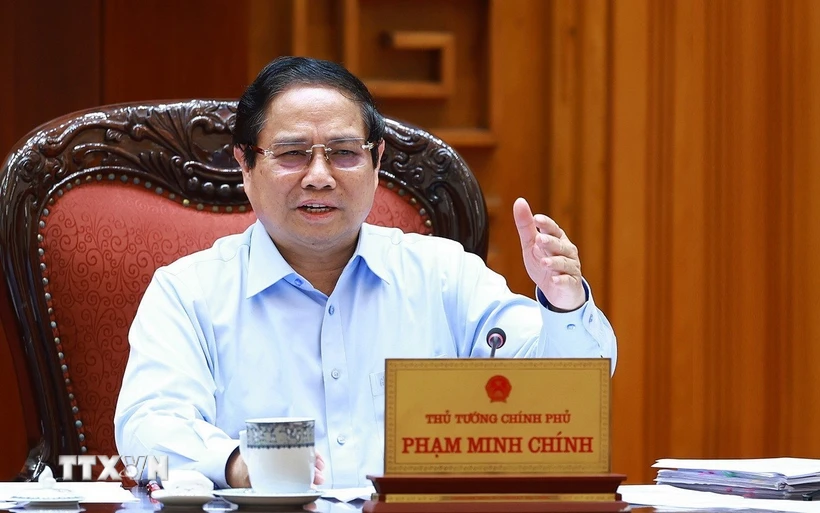
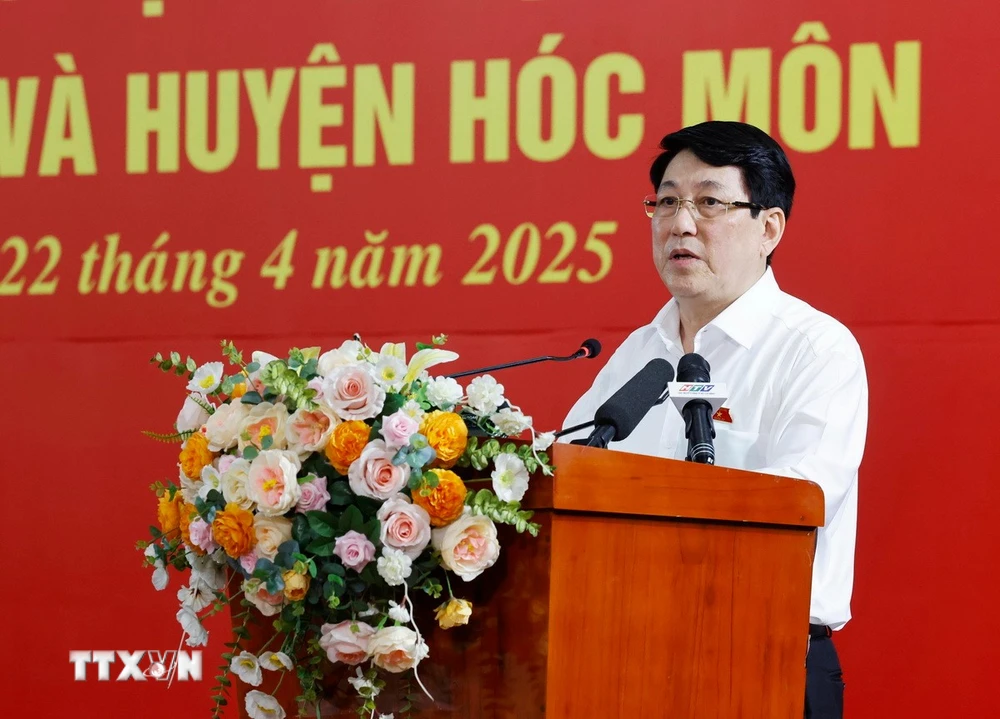
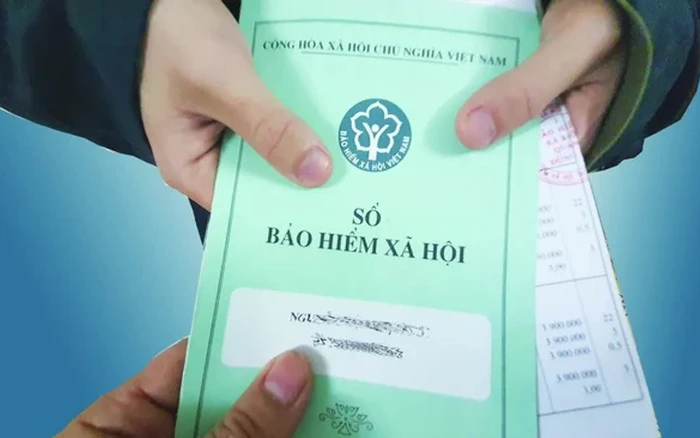


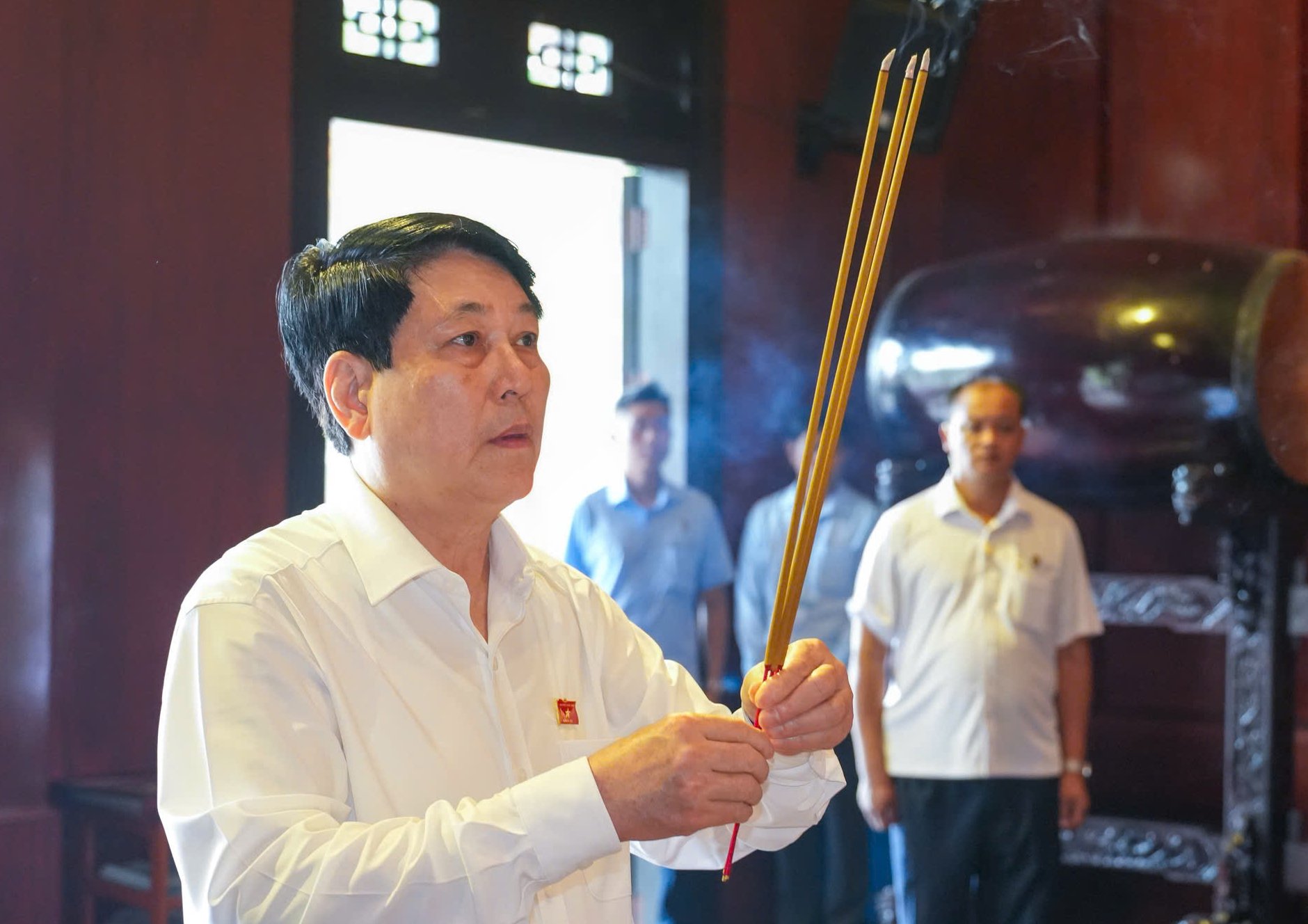

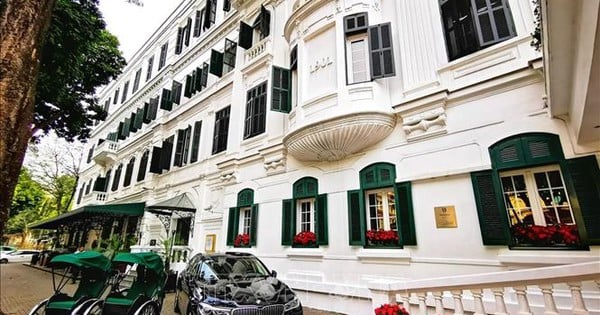

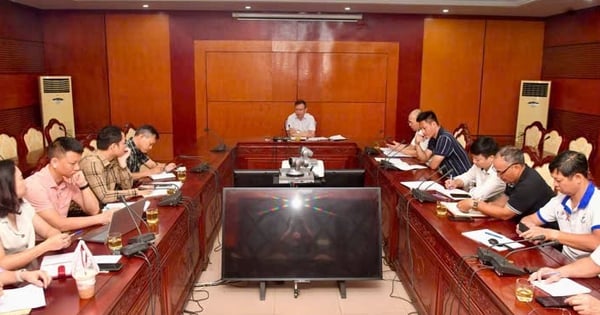
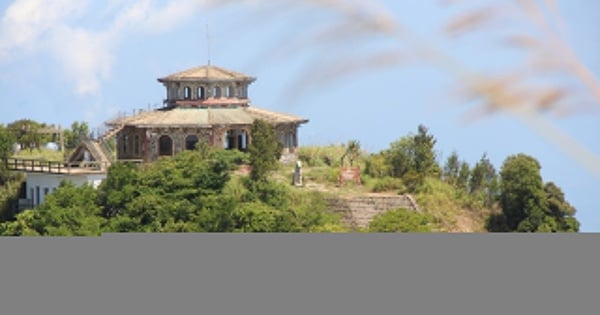

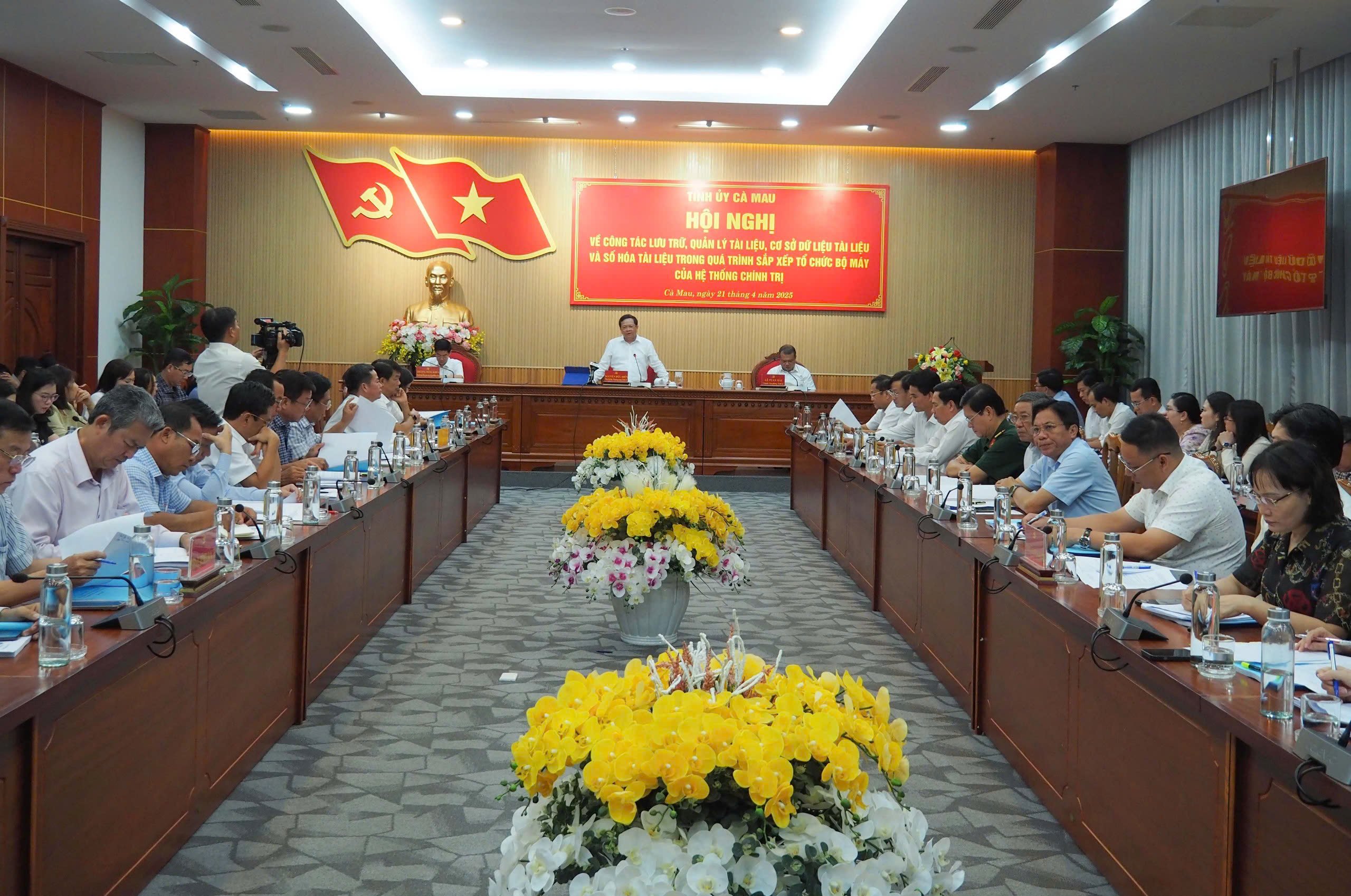






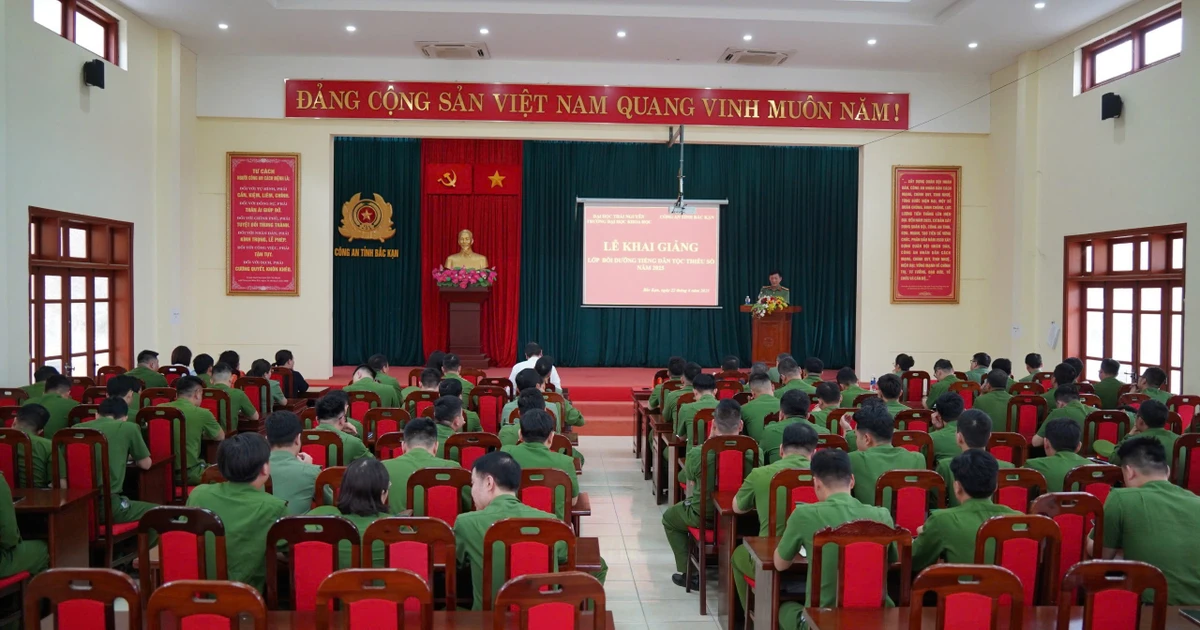


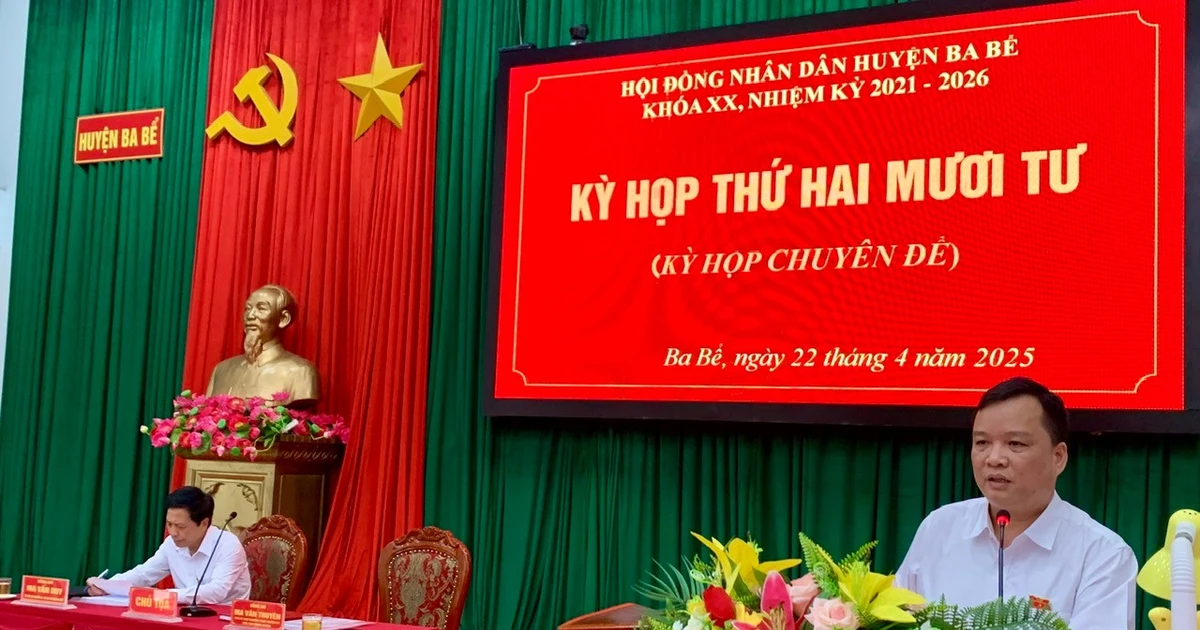
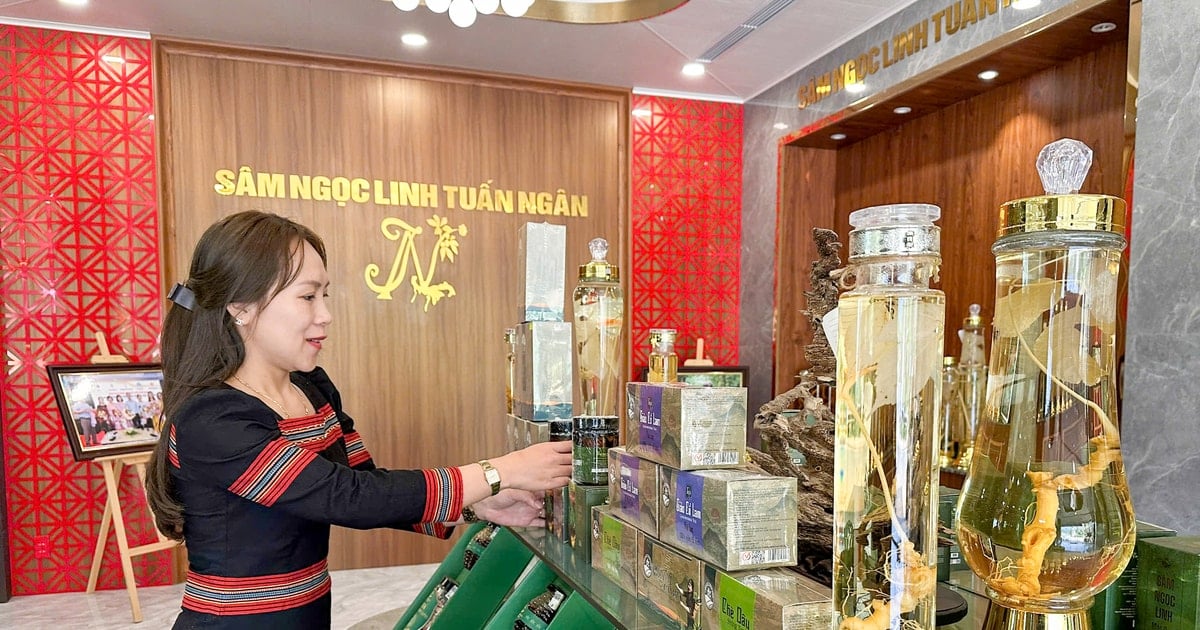

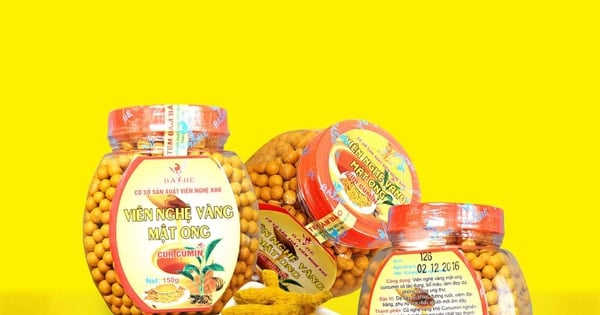
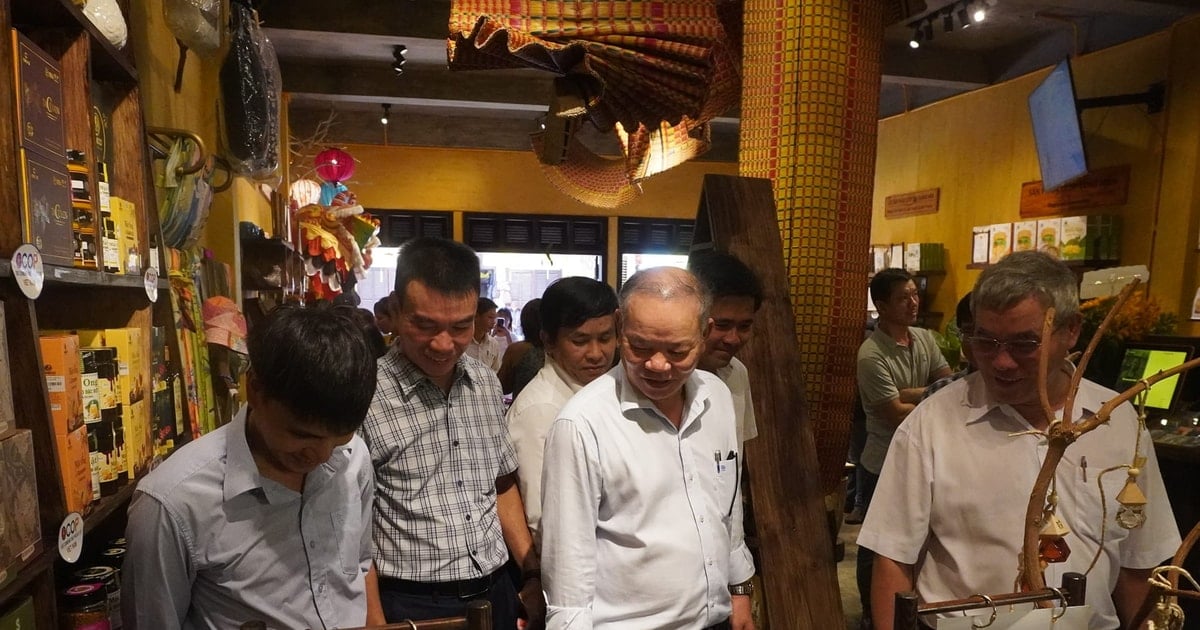
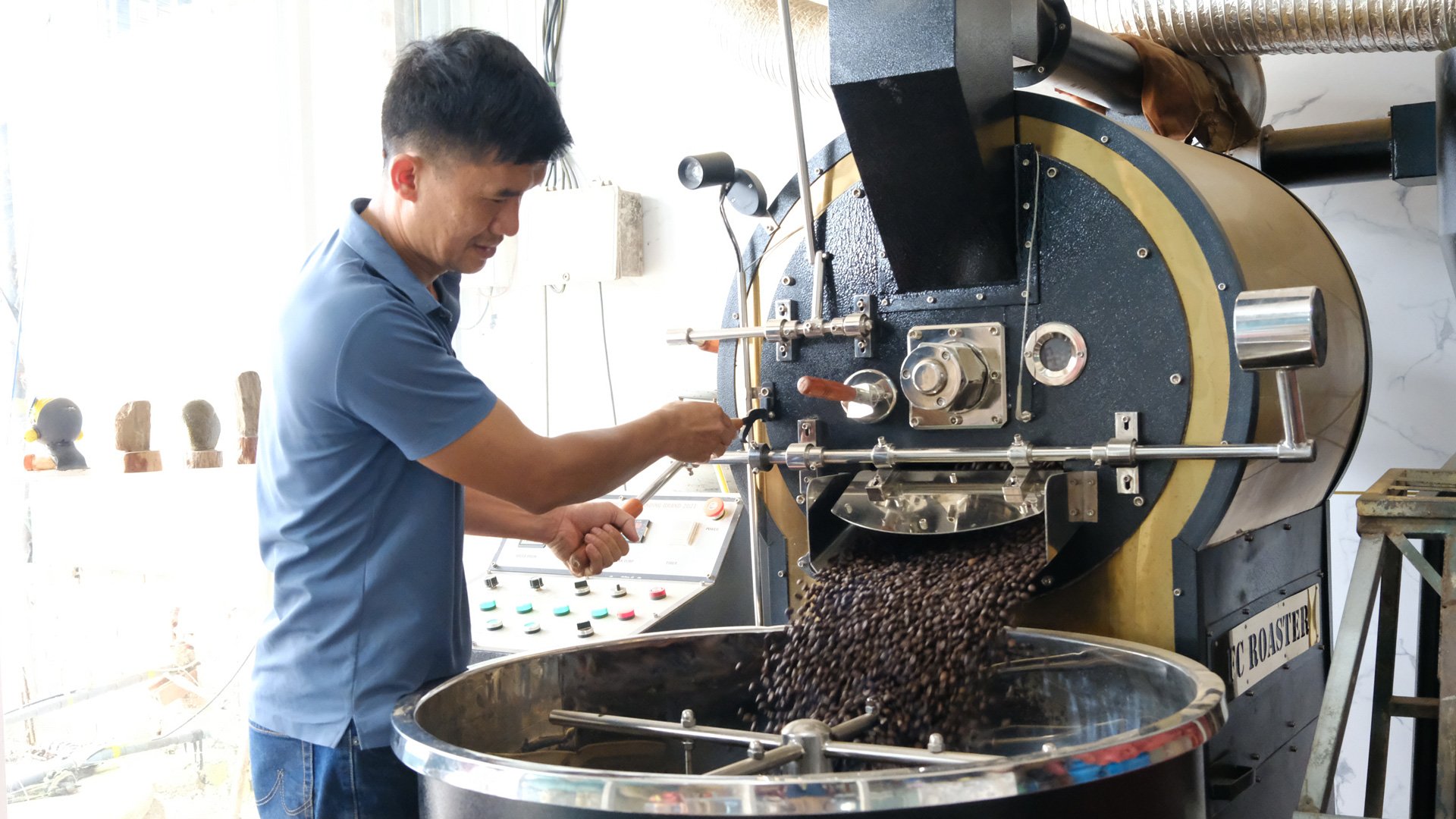

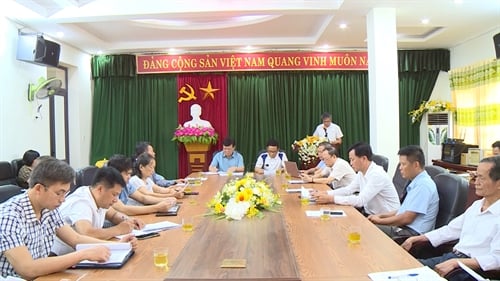
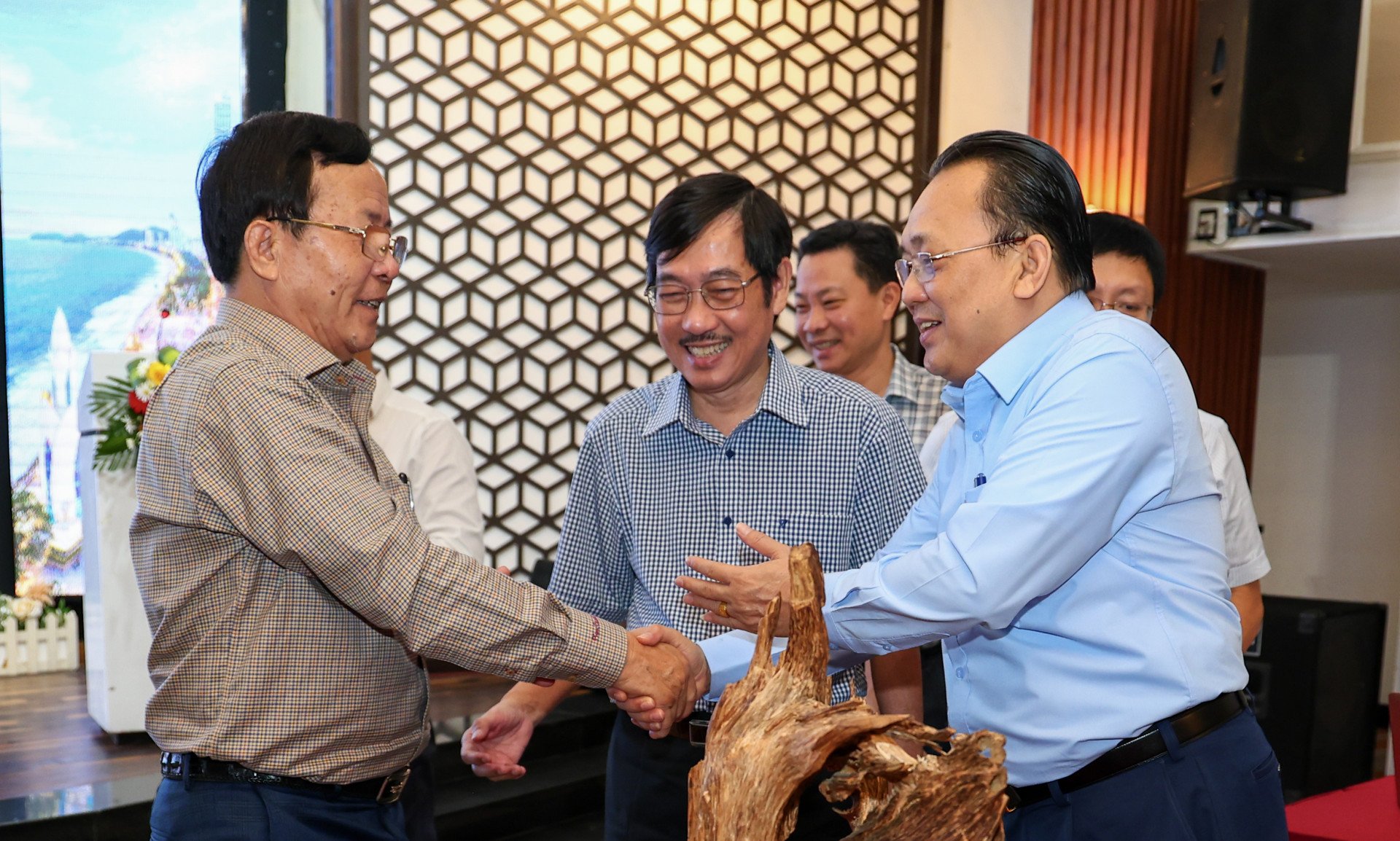

Comment (0)